Product
Michael Davis Venice Benches
-
Pou Auaha / Creative Directors
Michael Davis, Andrew Barrie, Sajeev Ruthramoorthy
-
Ringatoi Matua / Design Directors
Sajeev Ruthramoorthy, Paola Boarin, Kathy Waghorn
-
Ngā Kaimahi / Team Members
Sajeev Ruthramoorthy, William King

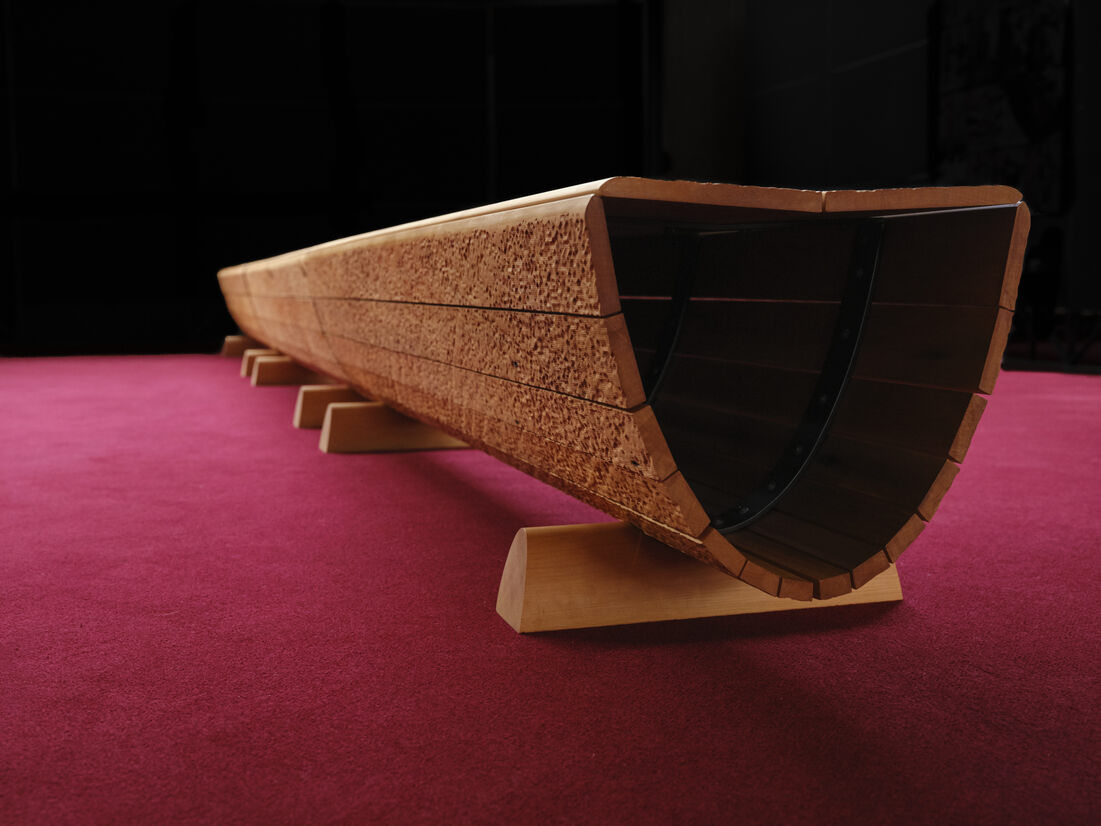
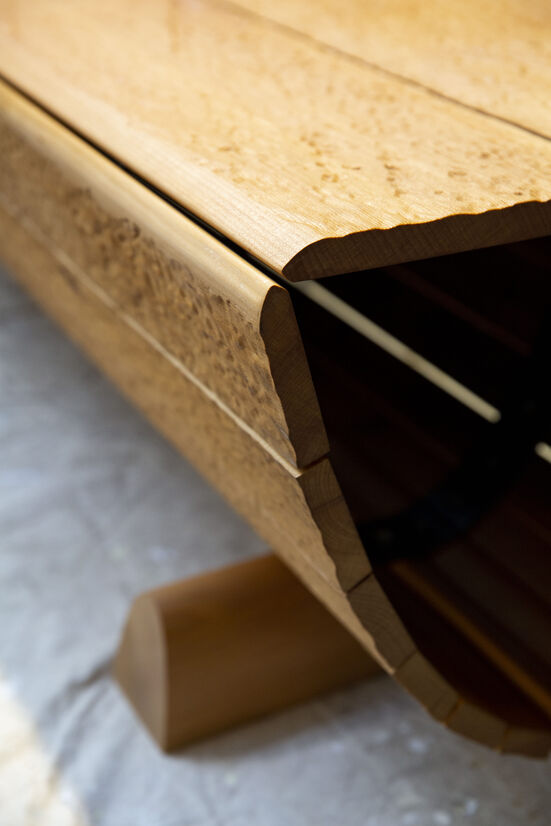
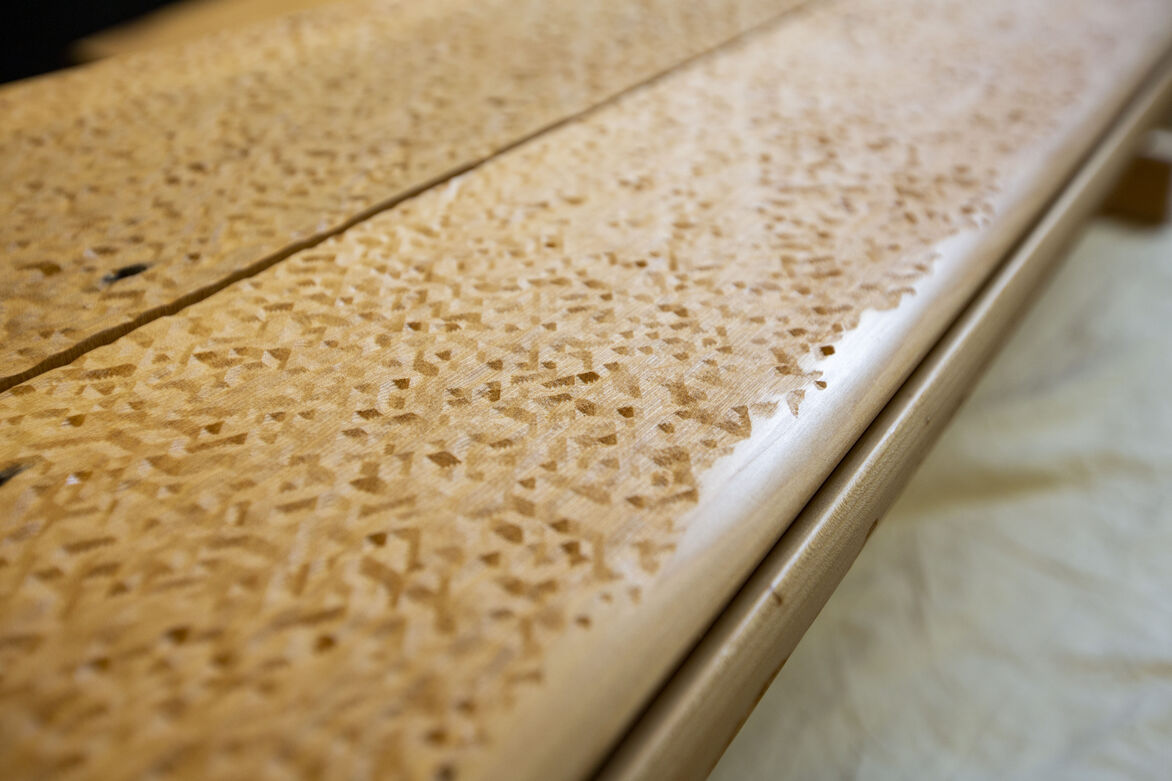
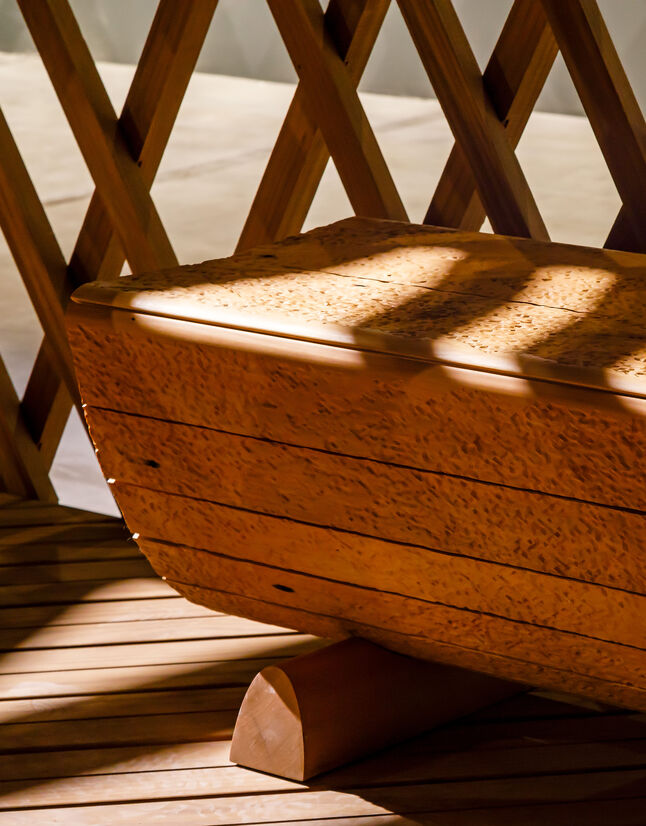
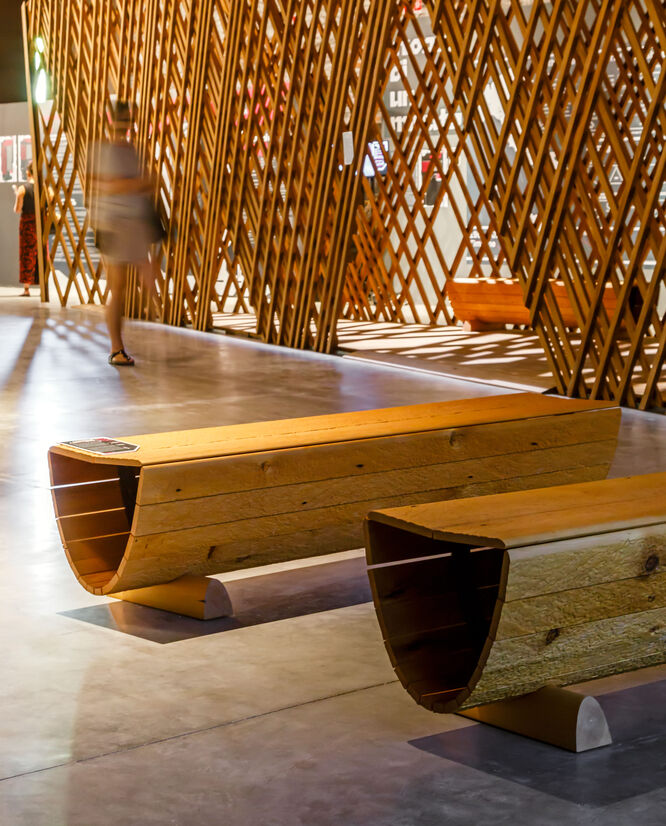
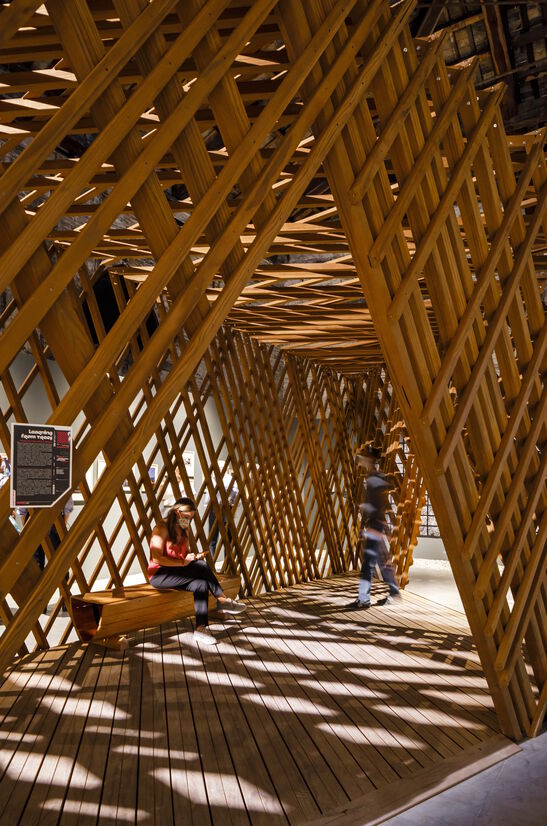

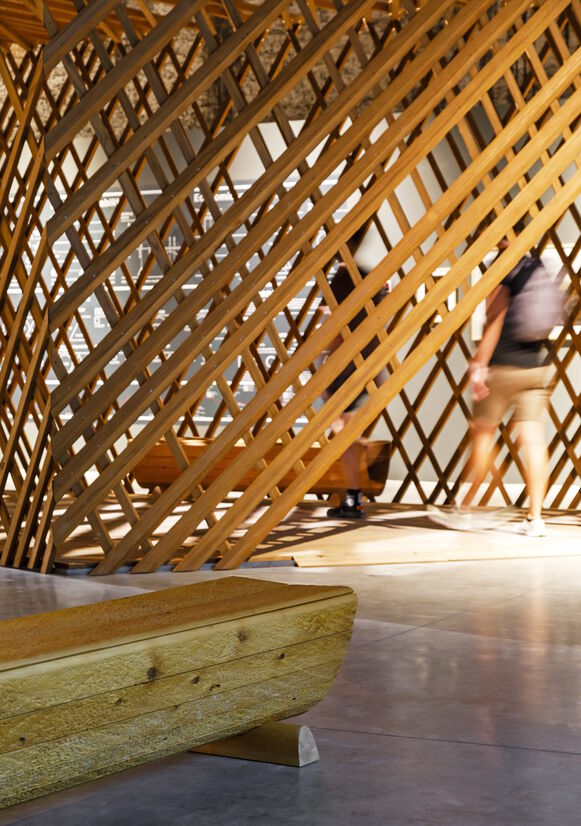
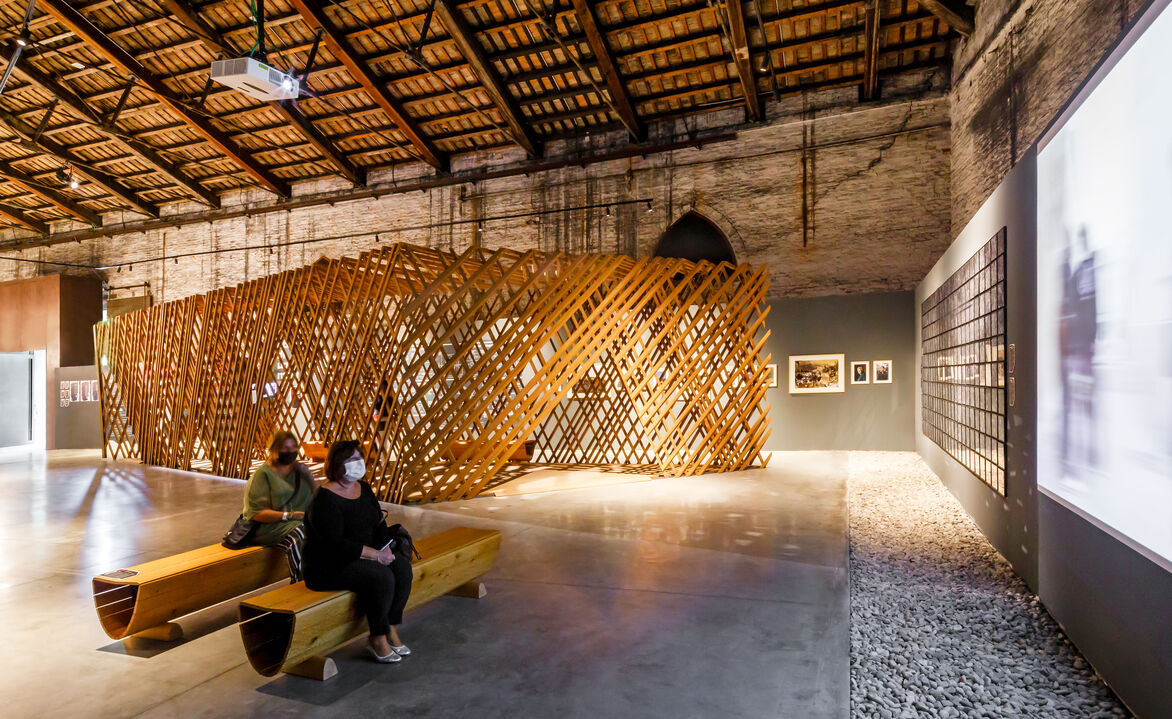
Description:
Brief
Learning from Trees was an invited contribution within the Italian Pavilion at the 17th International Architecture Exhibition of La Biennale di Venezia. The theme of the Italian Pavilion was Resilient Communities. The various exhibits showcased a wide range of innovative approaches to the current climate emergency. We were invited to create a meeting and display space that both showcased the innovative use of timber, and housed seating, tables, and display plinths. Covid restrictions during the Biennale meant that these functional elements were not installed.
Framed as a platform from which we might demonstrate how Aotearoa might achieve SDG goals, our response consists of two juxtaposed components: a complex, lattice-like 35m2 pavilion; and the Venice Benches, the custom seating this submission is concerned with.
Context
Ongoing research at the University of Auckland, School of Architecture and Planning examines the role timber (and) design might play in our modest, isolated, island economy as we face the impacts of climate change. The Venice Benches reflect themes emerging from that research including:
•Circular economic thinking and innovative material reuse in particular
•Productive relationships between traditional and digital fabrication processes
•Simple ‘hacks’ into everyday digital fabrication technologies that enable them to deliver more
•Local materials, forms, and practices are leveraged to celebrate place and identity.
Concept
Four benches, each 1.8 metres in length, are configured variously to offer rest, articulate space in and around the pavilion, and invest the whole with tactility and a lustrous glow. In form and material, they recall the waka and hollow log drums of the Pacific, whilst also honouring the maritime history of their hosts.
Material and construction
A gift from Kainga Ora catalysed the project. A cache of fire and water damaged 9x¾ inch kauri weatherboards from a 70-year-old ‘state’ house was rejected by the demolition company and seemed destined for the landfill. It was salvaged by an attentive project manager. His concern, followed by our efforts in transporting, sorting, de-nailing, and hand stripping the timber speaks to an appreciation of the intrinsic value of the material and its history.
We share with the Venetians a concern for how the sea meets the land – for the coast and both its promise and its increasing threat. The weatherboards were cut into strips with precise edge bevels and widths, and laid flat. A relief derived from patterns left in the sand by the receding tide on Auckland’s West Coast was CNC milled into the strips. The strips were fitted to four concealed catenary shaped profiles formed from flat steel bar. The timber wraps the profiles to effectively three-dimensionalise the milled relief. The bench ‘hulls’ are cradled in blocks milled from salvaged kauri porch posts. Held together by simple threaded inserts, screws, and rubber washers, the benches are disassemble-able and every element is reusable.
The movement of the timber, supported by the spring of the steel flat and rubber washers afford the benches a liveliness. They creak and move and recover their form to speak their message of resilience.
Judge's comments:
The judges praised the elegant and timeless form as well as the design mix of recycled materials from a historical building and modern manufacturing processes to evoke the qualities of traditional craftsmanship. A balanced and emotive design that is taking the very best of New Zealand culture and design to the world stage.